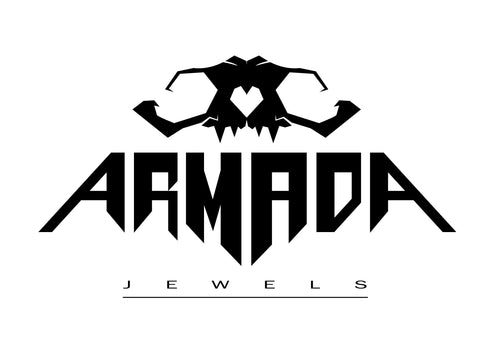Bull
The domestic bovine (Bos taurus Linnaeus, 1758), or bull, popularly sometimes improperly called ox, a denomination reserved for the bull that has undergone castration, is a species of artiodactyl mammal belonging to the Bovidae family.
The female of the domestic bull, the cow, is bred to get its milk, the liquid secreted by the mammary gland for feeding the offspring, widely used in human nutrition, both as a drink and as a raw material from which to obtain cheese, cream , butter, ricotta and other milk derivatives, both as a simple ingredient for more complex foods.
Calves (ie males within the first year of life) are raised mainly for meat: only a part is in fact left to grow to be used for reproduction.
Before agricultural mechanization (and therefore still today in many areas of the world), oxen, being as strong as bulls but much more tame thanks to castration, were often also used as a driving force for agricultural machinery and means of transport.
Use this accordion to add info such as Materials, Sizing, Features, Shipping and Returns policies
Use this accordion to add info such as Materials, Sizing, Features, Shipping and Returns policies
Our Story, Our Promise
Use this text to describe a product, promotion, or your company.
Frequently Asked Questions
-
Use this text block to discuss some commonly asked questions like shipping and returns, sizing, warranties, or product and company details.
-
Use this text block to discuss some commonly asked questions like shipping and returns, sizing, warranties, or product and company details.
-
Use this text block to discuss some commonly asked questions like shipping and returns, sizing, warranties, or product and company details.
-
Use this text block to discuss some commonly asked questions like shipping and returns, sizing, warranties, or product and company details.













